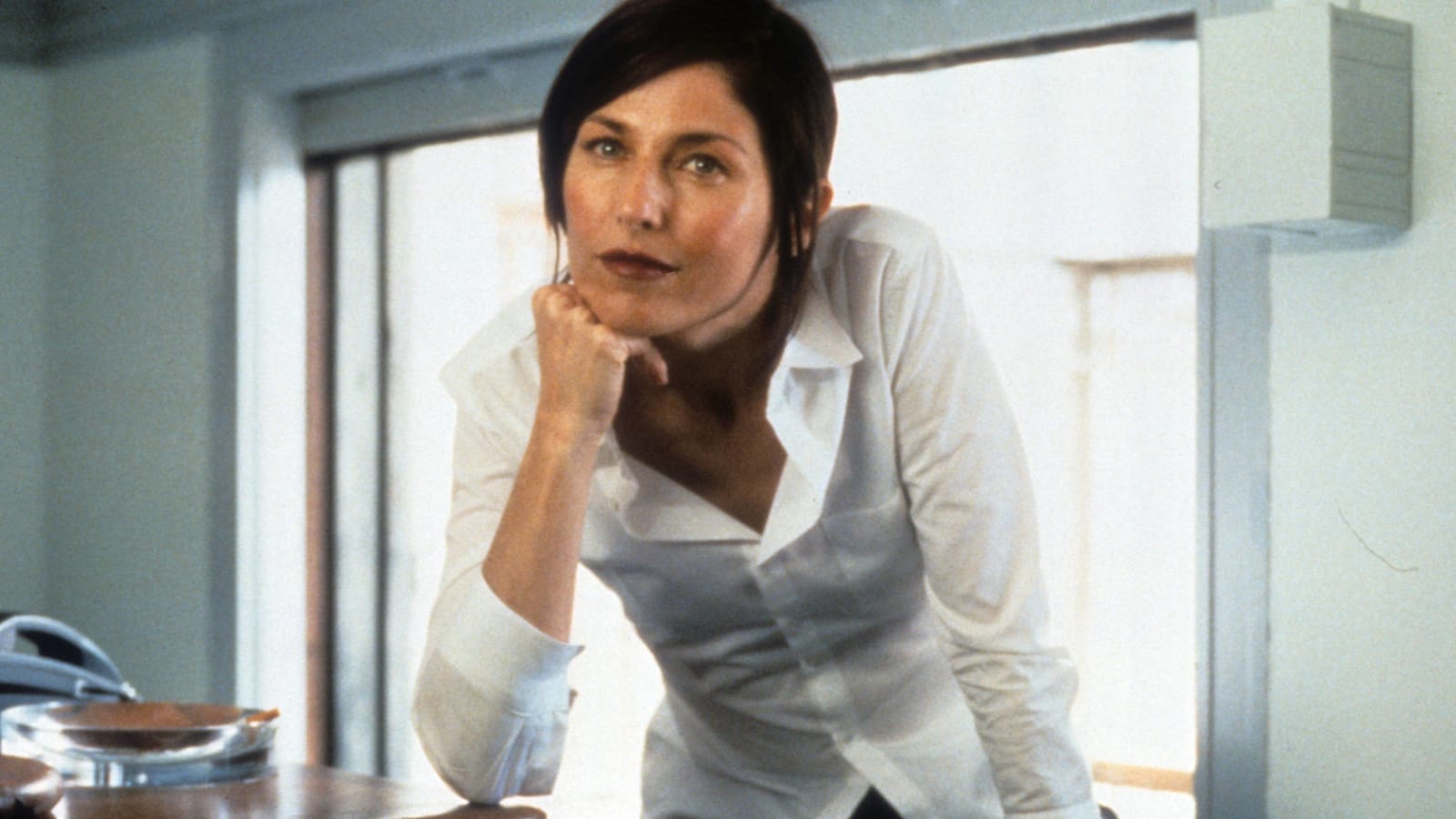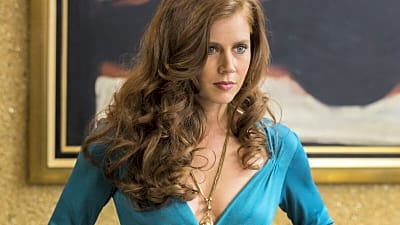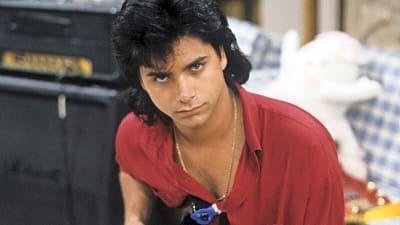
Catherine Keener: Indie film superstar
At any given moment in the 1990s, New Yorkers with a taste for offbeat movies made on low-to-no budgets could head downtown to the Angelika Film Center and know for certain that there would be at least one independent film featuring one or more of the following actors: Parker Posey, Sam Rockwell, Steve Buscemi, Stanley Tucci, Hope Davis, Eric Stoltz, Kevin Corrigan, James LeGros or Catherine Keener.
They were an unofficial company of eclectic talents that, once cast, conferred valuable indie cred on a movie. They didn’t have cute, media-concocted monikers because their movies weren’t typically of interest to the types of magazines that trafficked in such inanity. They were working actors: dedicated, versatile and dependable. They never gave a bum performance.
Keener was by far the most captivating of this group. Though she could play abrasive as adeptly as Posey could, her cruelty often felt accidental, compelled clumsily by insecurity and frustration rather than plain old ‘tude. And when she took on free spirits like Floatie Dupre in Tom DiCillo’s underrated "Box of Moonlight," she invested them with the intermingling joy and wistfulness of a lifelong voyager. Even in small roles, there was never just one level to Keener — which might’ve scared off some filmmakers and casting directors during that indie film heyday. Her characters were frequently in a much more interesting movie than her director was making.
Like many actresses pursuing a career in the 1980s, Keener was subjected to reductively sexist casting standards. "One of the first auditions for a film I had, I got very good notes in terms of the audition itself," she told the Boston Globe in 2006. “But literally the director said, 'She's not sexy.'"
Keener found this experience "demoralizing," but thankfully she stuck with it, picking up bit parts here and there before getting cut out of what would’ve been her first big movie (playing Harvey Keitel’s wife in "Thelma & Louise"). DiCillo was the first filmmaker to grasp Keener’s potential, casting her in his agreeable deadpan debut, “Johnny Suede" and then as the leading lady in the making-a-movie romp, "Living in Oblivion." Dear Unnamed Casting Director: Keener is dead sexy in this movie — and hilarious as she suffers through the most doomed day of fictional shooting ever captured on film (culminating in an all-time meltdown from Buscemi).
Keener’s breakthrough arrived the following year in Nicole Holofcener’s squirmingly funny paean to female friendship, "Walking and Talking." Though the bulk of the media attention was lavished on Keener’s ingénue co-star Anne Heche (whose brief bid for stardom was derailed by sensationalistic coverage of her sexual orientation), Keener anchors the film with her portrayal of Amelia, a thirtysomething single woman who’s panicked at the prospect of losing her best friend to marriage — particularly at a moment when her prospects for companionship are depressingly dim (and her 14-year-old cat is dying of cancer).
Feeling pressured to get something going romantically, she goes on a couple of dates with Bill (Corrigan), a gorehound video-store clerk whom she terms “the ugly guy." Of course, Amelia’s inconsiderate description comes back to haunt her because almost every word out of her mouth seems destined to thwart her. Amelia can’t win. And while it appears to others that she’s too self-absorbed to care, she’s actually deeply ashamed of her penchant for coming off as an a**hole and tends to make things worse when she tries to explain herself.
Holofcener’s main characters all suffer from some form of this foot-in-mouth malady, but no one embodies this deficiency with greater complexity than Keener. Their creative collaboration over the last two decades has been a joy to behold.
Keener earned her first Oscar nomination a few years later as the ice queen Maxine Lund in Spike Jonze’s “Being John Malkovich." Her red-light/green-light game with John Cusack’s Craig Schwartz is deliciously fun because he’s such a self-sabotaging jerk; we want to see Maxine bulldoze him, and Keener clearly relishes the opportunity to carry out the demolition. It’s a phenomenal performance and probably her most controlled, and paired with her deliriously gaudy turn as the bunny-toting Adele in Steven Soderbergh’s “Out of Sight," Keener finally landed on the studio's radar.
Keener has deftly alternated between indie films and studio work ever since earning a second Oscar nomination, this time for her portrayal of Harper Lee in Bennett Miller’s "Capote." She’s been absolutely wonderful in films like "The 40-Year-Old Virgin," "Synecdoche, New York" and "Get Out," but she’s still in search of another leading role that will give her the range of emotional movement that Holofcener provided in “Walking and Talking."
Keener seems content to stay in the supporting realm, telling The Guardian in 2009 that "interesting characters are pretty rare if you really want to be the lead." But she proved otherwise in "Kicking and Screaming." So as Keener prepares to turn a fabulously young 60 on March 23, consider the possibility of another Amelia to be our birthday wish for one of the last great indie superstars.
More must-reads:
Breaking News
Trending in Entertainment
Customize Your Newsletter
 +
+
Get the latest news and rumors, customized to your favorite sports and teams. Emailed daily. Always free!







